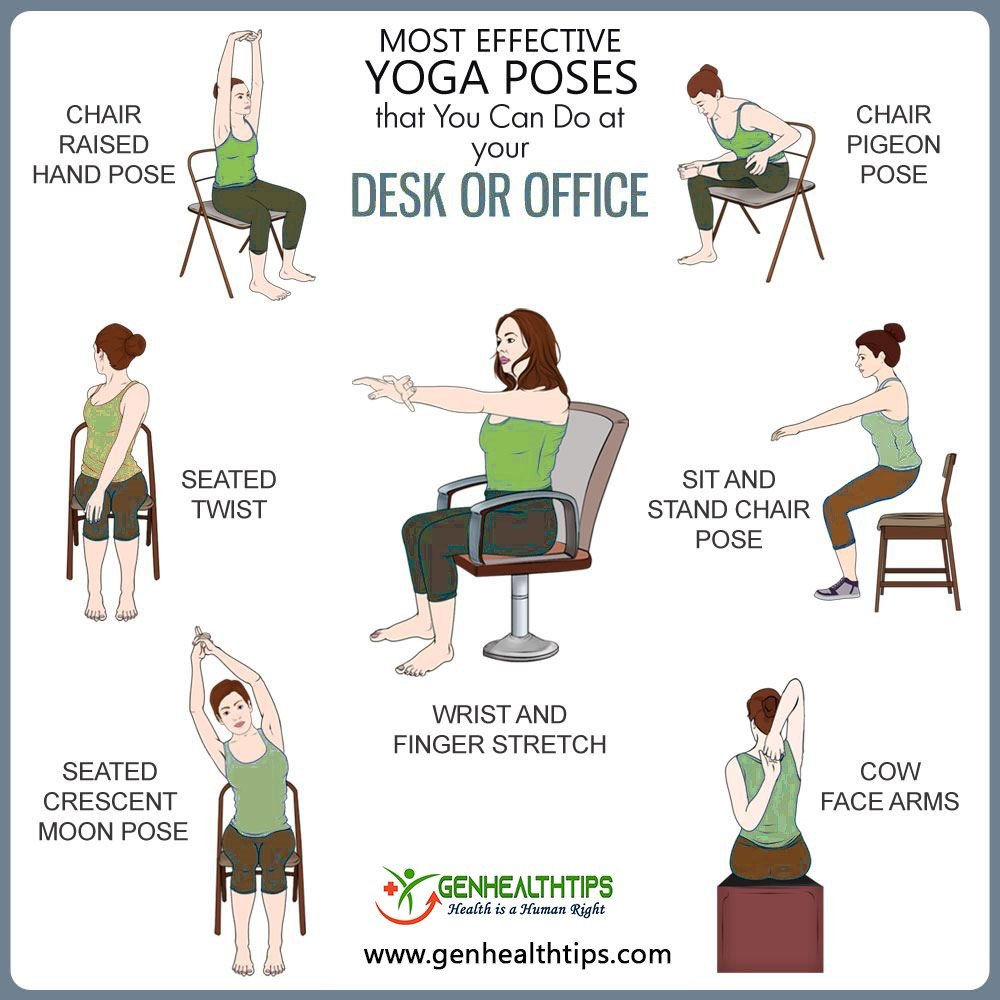On a previous blog post titled Posture: Does it Matter?, we discussed some of the nuances of posture, breaking down “good” and “bad” posture related to both psychosocial and biomechanical/physiology principles, how the dynamic nature of posture might be more aptly named as acture, and what factors could potentially influence a downward spiral into inefficient postural tendencies.
With a more clear idea of what posture is and is not, we can now discuss some practical ways to improve our posture from the inside out as well as the outside in.
Many of us with postural issues require hands on, neuromuscular training facilitated by a professional to help to relearn efficient movement patterns from the ground up. However, there are also regular strategies that all of us can bring into our daily lives to help enhance our postural awareness, comfort, and prevent issues arising from our habitual posturing.
Change Positions, Move Often
We have the wonderful ability to choose what posture is best for us in any given situation. Sometimes being in more of a flexed position will be desirable, sometimes being more upright will be desirable. Consider cycling between three or four shapes throughout the day rather than always trying to find one “correct” position. What works for us in one moment will not be the best choice in another, and what works best for one person will not be the same as what is best for a different individual. When a specific posture is desired for a prolonged period of time, consider what will allow for the greatest sense of comfort, ease, and support. Notice what your ease of movement is when you are turning and reaching for things, trying to find a position where you can have more freedom of motion. Generally speaking, the most efficient posture will be an upright carriage in which the bones of our spine are stacked, so each bone is able to receive support from the bone that is beneath it.
Another strategy is to move more often throughout the day, establishing a system of movement breaks, stretches and short walks throughout the day. By dynamically changing the length, tension, and blood flow into a variety of tissues, it is less likely that any particular area will get sore, tired and overworked, and less likely that habitual postures will become an issue over time. See our Movement Snacks blog for some ideas on how to bring small movement breaks into the rhythm of your daily routine. A regular, well-rounded fitness routine will also help, which might include a blend of activities that promote cardiorespiratory and musculoskeletal health (e.g. aerobics, strength-training, yoga). Additionally, here are some gentle yoga stretches that you could do throughout the work day-
Consider putting up sticky note reminders to move, stretch, walk around, and change positions throughout the day.
Tips for Finding Effortless Sitting Posture
The following description includes some tips for sitting ergonomics to help support an upright carriage. While most people find these strategies to be helpful and comfortable, keep in mind that one size does not fit all.
Feet flat on the ground
A chair with some degree of firmness, with hips at least as high as knees.
Back support behind low to mid back. A partially deflated children’s ball, folded towel or blanket, or any other object that is comfortable can provide this support
Head on top of rib cage, rather than significantly protruding forward. Vision and size of text on the screen can play into a forward head tendency, so check that you can see the screen well without craning your head forward.
It may be helpful for your screen to be directly forward of eye level, rather than higher or lower.
Enhance body awareness
If we are not aware of our body position, we have much less ability to change it. To further enhance your ability to feel and sense your posture and choose efficient options, consider regularly practicing embodied practices such as yoga, qi-gong, tai chi, body scans, and Feldenkrais lessons, which will help improve postural awareness. Becoming familiar with some “landmarks” of our body can be helpful, such as awareness of where on our pelvic bones we are sitting, where on our feet we are standing, where our chest bone, nose, and eyes are oriented towards. Some lessons that may be helpful for posture that most Wellness Station clients will be familiar with are the pelvic clock, easy turning, and shoulder elevators. Here is an example of the pelvic clock lesson to help you bring a better sense of ease and awareness into your sitting posture.
To become more aware of your standing posture and ability, use a protruding corner in your house or a door frame to feel the back of your body. Stand against the corner or the edge of a door frame with knees slightly bent, feet slightly in front. First, get a general sense of how much of you can make effortless contact with the edge from the back of your pelvis to the back of your head. Then, tuck your pelvis under so your low back makes contact with the edge. Keep your low back in contact with the edge, as you try to bring your mid and upper back in contact with the edge. Roll your upper back up and down the edge a few times, keeping your low back in firm contact. How much of your upper back can easily contact the edge? Bra strap level? Top of shoulder blades? Regularly checking this can give you a sense of your posture and any changes over time that might be occurring in your ease of effortless stacking.
Ask your Wellness Station practitioner to provide you with additional lessons to help enhance your senses with consideration of your individual needs, limitations, and goals.
Written by Jacob Tyson, DPT - Physical Therapist, Yoga Instructor and The Wellness Station Team
References:
Image address:


